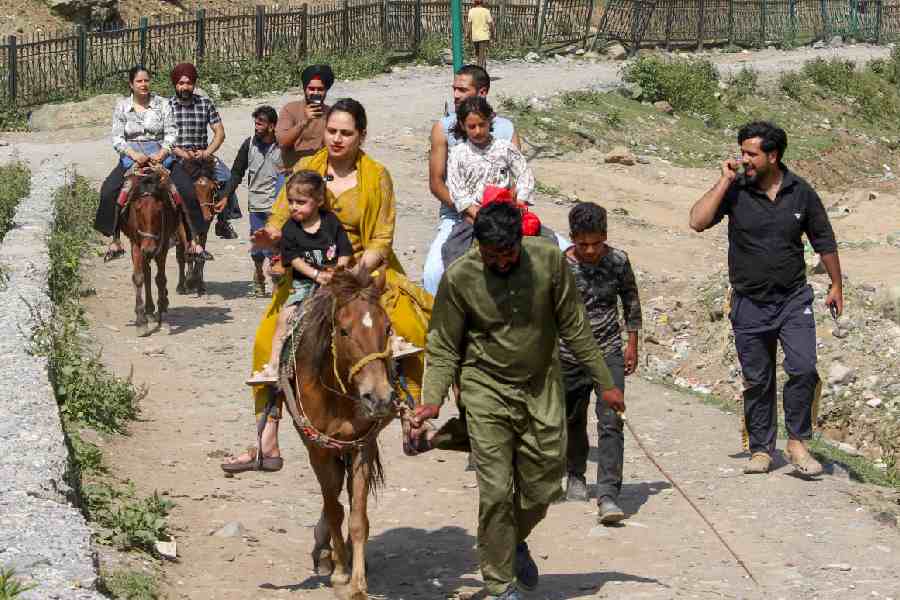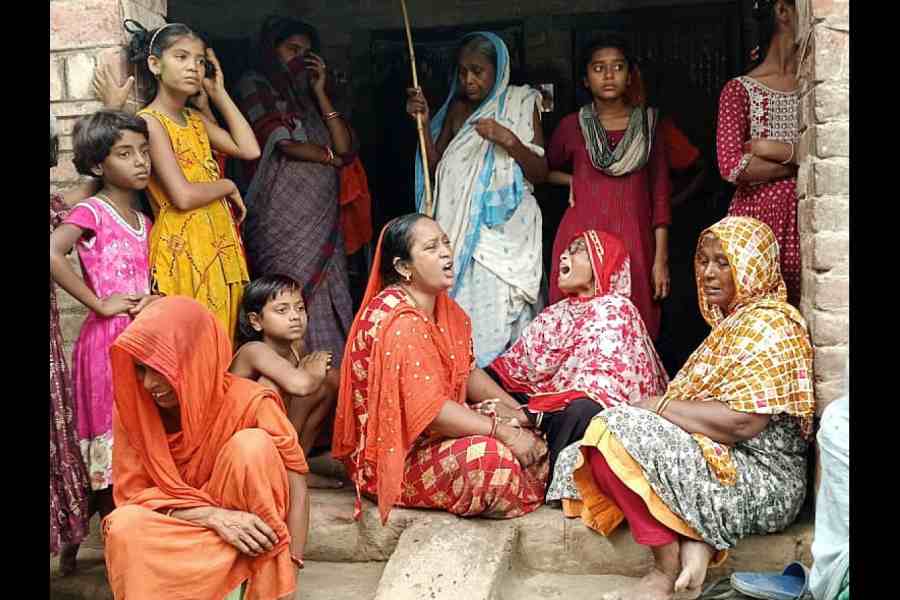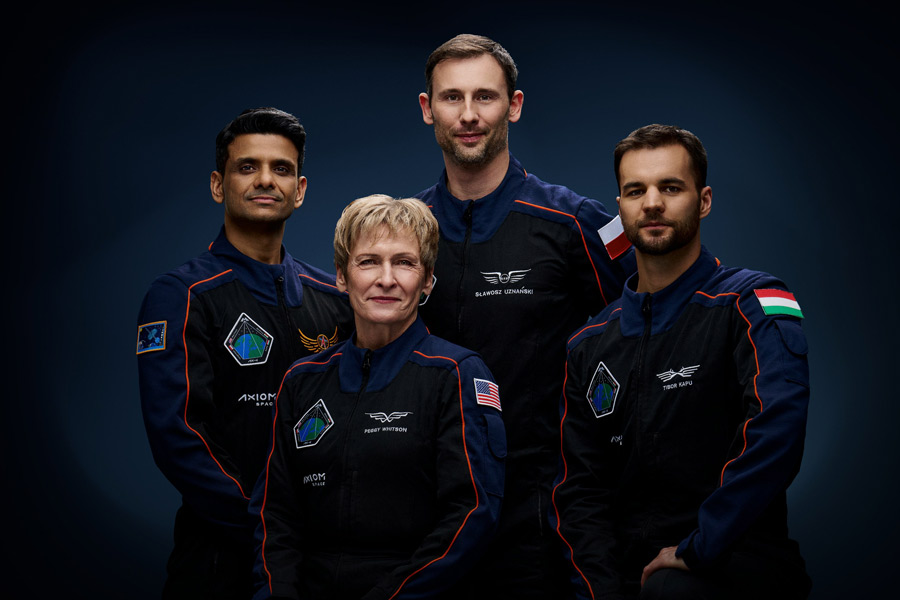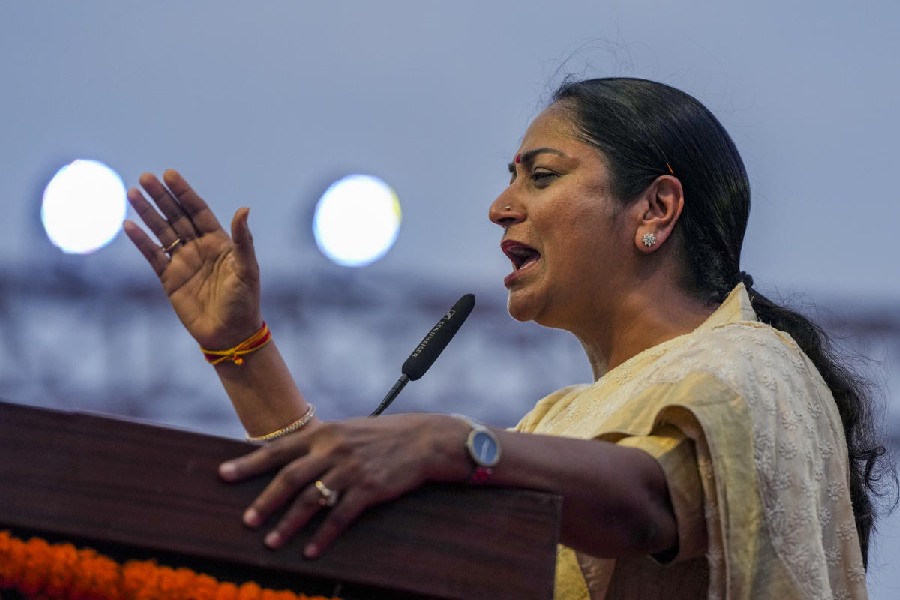 |
| White canes are being distributed for free. Picture by Sanjib Mukherjee |
Bhubaneswar, Oct. 21: Sachidananda Sahoo, 12, ensures that both his parents receive a white cane each. The boy was today spotted at the Orissa Blind Association coaxing his visually challenged parents to stand in the queue patiently, lest they miss the cane being distributed to mark the International White Cane Day here.
His parents Bramhananda and Niru are visually challenged since birth and make a living out of chair-weaving and candle-making. “But our son cannot be around always and we need to venture out to take orders and deliver goods. The cane has been our most trusted companion on roads,” said Bramhananda.
The visually challenged people today expressed the need for a legal status in traffic. “There is a need to make people aware of the meaning of the white cane. The motorists should exercise special care for visually challenged people who carry it. All driver education manuals shold include the law,” said Orissa Association for Blind general secretary Sanyasa Kumar Behera.
The association members today took out a rally covering 5km. In 1921, James Biggs, a photographer from Bristol, England, was visually impaired following an accident. Because he was feeling uncomfortable with the amount of traffic around his home, he painted his walking stick white to be visible easier. Ever since the concept of white cane took off.
However, many of who receive the white cane fail to use it properly. With proper training, people using the white cane can enjoy greater mobility and safety by determining the location of curves, steps, uneven pavement, and other physical obstacles in their path.










